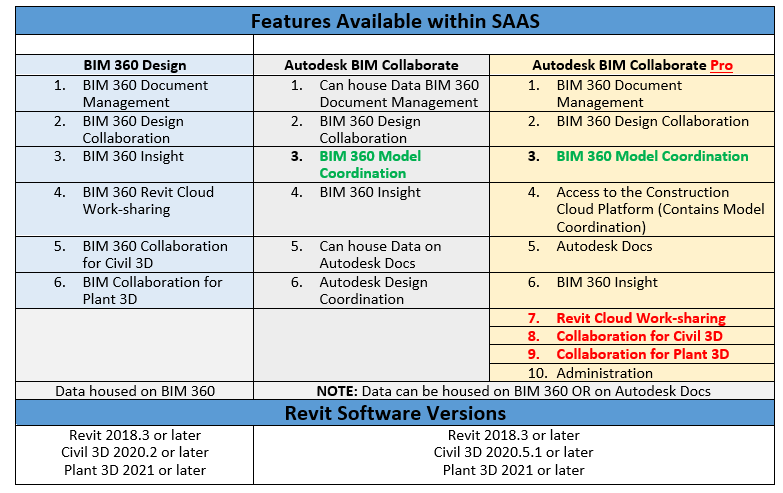Streamlining Autodesk Deployments: How CQi Simplifies the Installation Process
For many organisations, Autodesk software is mission-critical — used daily across design, engineering, and construction teams.

I have always pondered over the phrase “it’s the same but different,” until recently when Autodesk BIM Collaborate Pro was launched.

Living through a pandemic and reviewing our workflows to cater for home working, has resulted in a huge surge in the AEC industry to move our work into the ‘cloud’. That solution was Autodesk BIM 360 Design.
BIM 360 Design is an online Software As A Solution (SAAS) that allows for design teams to work from anywhere in the world on the same Revit, Civil 3D or Plant 3D model collaboratively.
At AU 2020, an announcement was made that an Autodesk Unified Platform was going to be launched in February 2021. That Launch brought Autodesk Collaborate Pro which was initially only housed in a Data Centre in the US, however, is also now available in the EU Data Centre.
The Autodesk Construction Cloud [ACC] unified platform brings together the most powerful portfolio of construction management software products in the industry, supporting workflows spanning all phases of construction—from design, to planning, to building, to operations. It connects workflows, teams and data at every stage of construction to reduce risk, maximise efficiency, and increase profits for a better way to build, together. Take a look at our Symetri product page to find out more on the platform.
We now have two options available to us when purchasing BIM Collaborate. We can either house our data on BIM 360 [https://b360.autodesk.com] OR on ACC [https://acc.autodesk.com].
This all might leave you wondering…well…which is best and where shall I store my data?
Please refer to the following table which shows the features available in each areas:.

It is important to ensure that your Company makes the right decision prior to deciding which platform you would like to host your data on, EU or US and it is now up to the customer to choose which data centre they would like to use when activating their HUB.

Good to know…
Although ACC is only in its infancy as it is new on the market, it has shown a lot of potential and has it’s own roadmap (separate almost) from the roadmap of BIM 360. BIM 360 has proved crucial during the last 12 months of the pandemic. ACC has started life having gone through the “lessons learnt” from BIM 360 and so because of this, I personally think that the road ahead for ACC is bringing a unified platform with better connectivity and streamlined workflows.
Autodesk have created two successful Cloud Solutions here and allows us to work smarter not harder.
UPDATE: Since this blog has been written, Autodesk have released that you will now be able to buy Autodesk Docs as a standalone option. This will connect document management across the project lifecycle and teams.
For more information on BIM Collaborate Pro, please visit our website: https://www.symetri.co.uk/products/autodesk-bim-collaborate-pro or contact us by emailing, info@symetri.co.uk.
For many organisations, Autodesk software is mission-critical — used daily across design, engineering, and construction teams.
Cybercriminals are always evolving, and so should your defences. This month, we shine a spotlight on three often-overlooked yet critical security concerns that could put your business at risk.
A well-designed archiving solution ensures the long-term integrity, accessibility, and compliance of project information - preserving critical records while mitigating risks. In this blog post, we explore why data archiving is no longer optional, but essential, and introduce ArchiveHub
